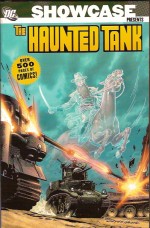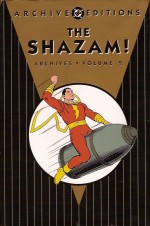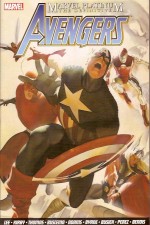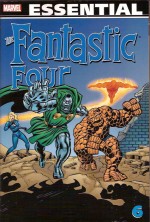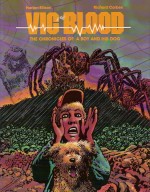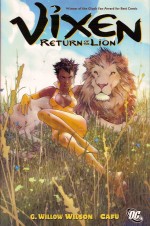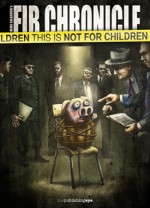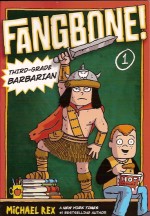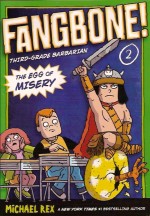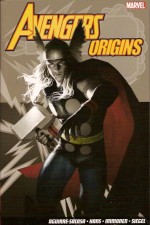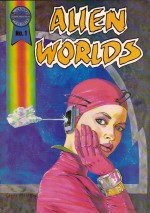
By Bruce Jones, William F. Nolan, Al Williamson, John Bolton, Adolpho Buylla, Tim Conrad & various (Blackthorne)
ISBN: 0-932629-53-9
The 1980s were a hugely fertile time for American comics-creators. An entire new industry had been started with the birth of the Direct Sales market and, as dedicated specialist retail outlets sprung up all over the country operated by fans for fans, new companies began to experiment with format and content, whilst eager readers celebrated the happy coincidence that everybody seemed to have a bit of extra cash to play with.
Most importantly, much of the “kid’s stuff†stigma had finally dissipated and America was catching up to the rest of the world in acknowledging that sequential narrative might just be a for-real actual art-form…
Consequently many new publishers were soon competing for the attention and cash of punters who had grown resigned to getting their on-going picture stories from DC, Marvel, Archie and/or Harvey Comics. European and Japanese material had been creeping in and by 1983 a host of young companies such as WaRP Graphics, Pacific, Eclipse, Capital, Now, Comico, Dark Horse, First and many others had established themselves and were making impressive inroads.
New talent, established stars and fresh ideas all found a thriving forum to try something a little different both in terms of content and format. Even smaller companies had a fair shot at the big time and a lot of great material came – and too often, as quickly went – without getting the attention or success it warranted.
A perfect example was distributor/retailer-turned-publisher Pacific Comics who entered the arena at the start in 1981 with a terrific line of genre titles by the industry’s top talents, from accomplished titans like Jack Kirby to new headliners like Mike Grell and unknowns such as Dave Stevens.
The fledglings over-extended themselves and were gone by 1984 with less than thirty titles published but their superb product, creator-favourable commercial ethic and key properties were rapidly snapped up by other independents such as Eclipse, Topps, Sirius First, Blackthorne and others.
Probably their best two titles were a brace of EC inspired anthologies entitled Twisted Tales and Alien Worlds, both edited by Bruce Jones and April Campbell, which presented short stories in the cynically scary, blackly funny manner perfected by Bill Gaines and Al Feldstein in the gory glory days before the Comics Code Authority aborted the birth of American adult comics in 1954.
Alien Worlds ran for nine stunning full-colour issues – one of then a 3-D special – from Pacific (and latterly Eclipse) before dying, and in 1986 Jones and Blackthorne gathered 10 of the very best into a black and white trade-paperback collection that went practically unnoticed in the tide of innovative books that year, but which is still one of the high points of American graphic science fiction.
With almost all the stories written by Jones in full-on Ray Bradbury mode, this intriguing compendium opens with ‘Deep Secrets’ from issue #4 (September 1983, illustrated by Jeff Jones), a chilling murder plot sparked by a broken heart and twisted love after which John Bolton drew ‘Lip Service’ (#5, December 1983) wherein a Earth civil servant discovers a nasty bedroom secret about the natives on Cylis 4, whilst Brent Andersen’s ‘Small Change’ from April 1984’s seventh issue puckishly depicts a tale of clandestine interstellar cooperation in a kid’s Frisbee duel…
Also from #4 ‘Girl of my Schemes’ illustrated by Bo Hampton deliciously takes computer-dating and adventure holidays to the ultimate extreme whilst ‘Wasteland’ (#5, with art by Tom Yeates) finds a hospital shut-in helplessly watching his friend accidentally unravel history on a malfunctioning TV set and ‘Talk to Tedi’ (#1, December 1982, by Tim Conrad) will break your heart as it delineates the story of marooned spacer John Hagarty as he survives on a hostile world with only his son’s robotic cuddly toy for company…
Also from that premiere issue, ‘The Few and the Far’ is another magnificent visual tour de force for EC veteran Al Williamson which shows the hidden costs of inter-species warfare when two embattled survivors cannot see eye to eye, after which Williamson adapts SF author William F. Nolan’s ‘…And Miles to go Before I Sleep’ (#8, November 1984) wherein a dying spaceman goes to extraordinary lengths to see his parents one final time…
Adolpho Buylla illustrated the future-shocker ‘Plastic’ (#5 again) with the inevitable result of permanent warfare surprising no-one, not even the dying, and this collection ends with an engaging yet poignant, post-apocalyptic tale of a robot-boy and his monkey set ‘One Day in Ohio’ by Ken Steacy from Alien Worlds #4.
Stunning suspense sagas, swingeing satirical swipes and the very best art ever seen in pulp science fiction set these creepy, clever, sexy thrillers at the forefront of that decade’s comics classics and still deliver an overwhelmingly impressive rollercoaster of shocks, twists and heartbreaks today.
If you’re in the mood for some grand old-fashioned space-opera, magnificently illustrated and exciting as all get-out, then you can’t go far wrong with this lost gem, although, once again these and the tales not retold here are long overdue for a 21st century revisitation…
© 1986 Bruce Jones, William F. Nolan and the respective illustrators.

